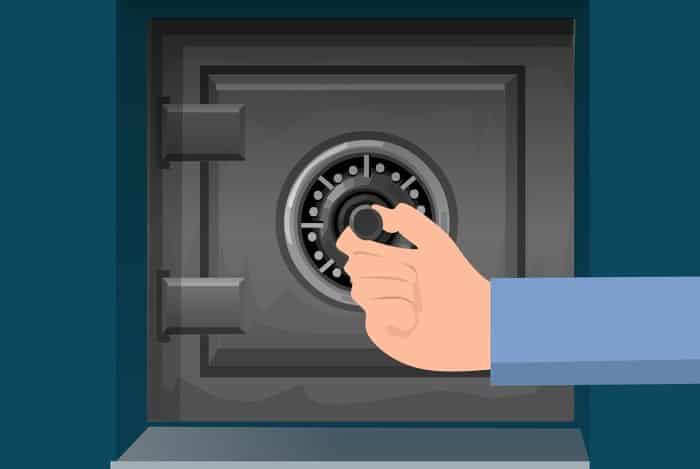When it comes to improving your Wi-Fi network, you have more options than ever, but which one is truly best for your needs? Maybe an extender is all you need, or maybe you're better off with a mesh wireless network. Whether you're just trying to fix a single dead zone or provide more reliable coverage across a large home, learn which technologies—including mesh wireless, Ethernet-over-Powerline, extenders, and repeaters—will truly help you.
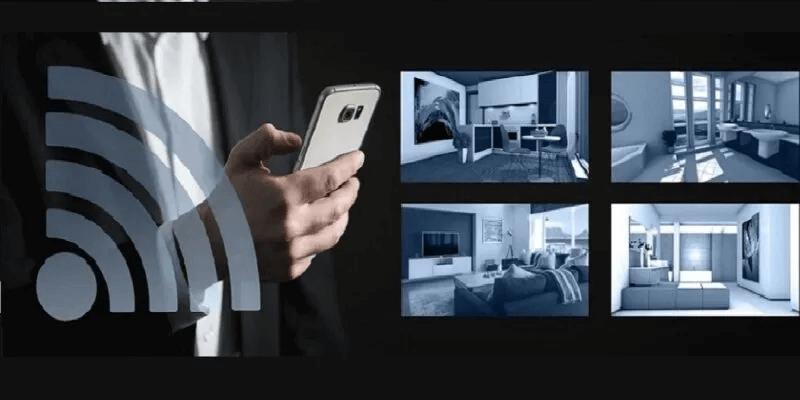
What is wireless network?
One of the newest options available is Wireless network system , also known as a Wi-Fi network or mesh Wi-Fi. Instead of just one device, you can set up a system of devices called nodes.
When you install a whole-home mesh system, you create a virtual wireless network, providing uniform coverage throughout your home. Each node acts as a router, providing the same strong signal as if you had a device directly next to your wireless router.
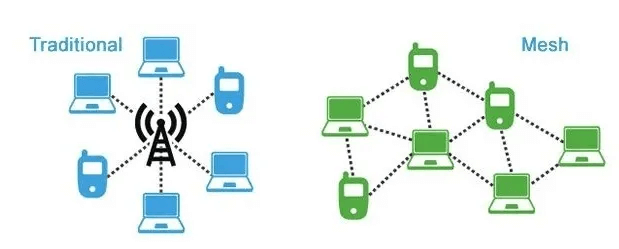
You can set up a mesh Wi-Fi network with as few as two nodes. The first connects directly to your modem and acts as a router. Once that's set up, it's as simple as placing the second node in another room, plugging it into a power outlet, and letting the two get to know each other.
Simply repeat the process for each node. Typically, the app will guide you through the setup process. Even better, you still only have one network to connect to, regardless of which node you're technically connected to.
Signals run back and forth from node to node, providing reliable coverage over different floors, through walls, around the exterior of your home, and even into basements.
What is the benefit of using a wireless network system?
There are several key benefits to improving your Wi-Fi network with a wireless mesh system. First, it's very easy to set up, even if you use multiple nodes. Once you've set up the first one, the rest can be installed in just minutes.
Second, you can add more nodes as needed without having to set up a new network or router. As long as your new nodes are compatible with the original node, you're all set. Check any restrictions on any kits you purchase, as they may only support a certain number of nodes.
Finally, you don't have to worry about switching to different networks with each additional node or nodes causing network performance issues. It's really like having a router in each location, giving you perfect Wi-Fi coverage throughout your home.
Disadvantages of using a wireless network system
With all these benefits, mesh Wi-Fi networks aren't the solution for everyone. The main downside is that they cost more than most other solutions. However, prices are falling.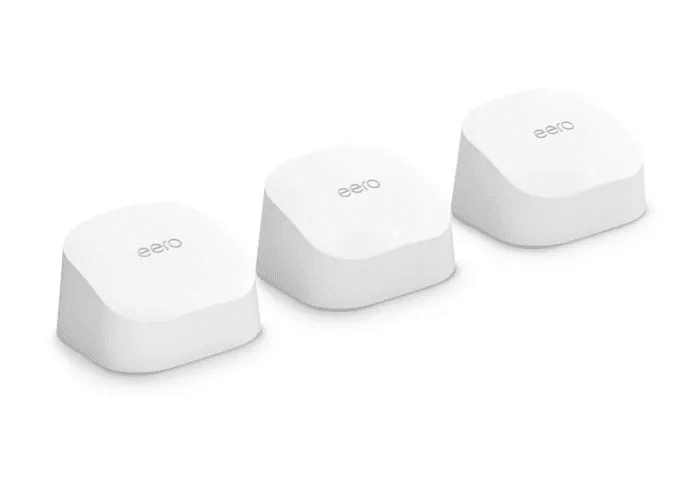
Another drawback is that you'll need to find a place to connect each node. These boxes are usually fairly small, but they still take up space and may be too prominent for some homeowners.
When should you consider wireless networking?
Wireless mesh networks are ideal if you have multiple dead spots throughout your home. They are also highly effective for large, multi-story homes.
If you have a single dead zone or poor performance in only one part of your home, you may not need something as powerful. An extender or repeater may be all you need to boost your Wi-Fi coverage.
What is Ethernet-Over-Powerline?
A lesser-known option for improving your Wi-Fi network is Ethernet-over-powerline using powerline adapters. This approach is unique from other options in that it uses your home's electrical system instead of having to run Ethernet cables throughout your home.

Depending on the type of adapter you use, these can either allow you to connect devices directly using an Ethernet cable or connect devices wirelessly. Not all powerline adapters support Wi-Fi connections.
The basic setup involves two adapters. The first plugs into an available outlet and connects directly to your router via an Ethernet cable. The second then plugs into another outlet to provide a direct or Wi-Fi connection to your network devices. The adapters send the signal through the electrical wiring in your walls, providing a more reliable and stable connection.
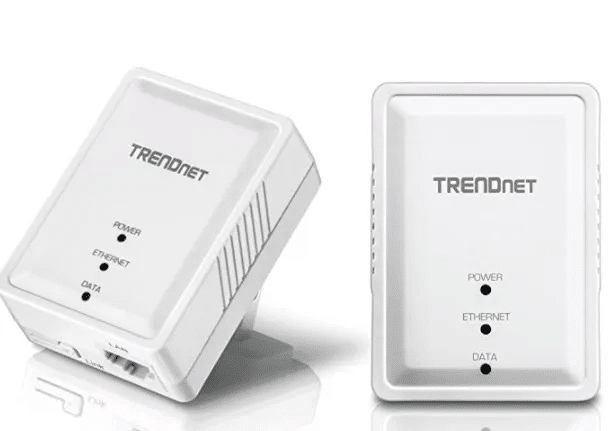
In general, there are three main types of transformers:
- Basic powerline adapters – Provides only Ethernet connections, not Wi-Fi.
- Powerline Wi-Fi extenders – It includes Ethernet connectivity and Wi-Fi support. It typically offers dual-band Wi-Fi.
- Pass-through powerline adapters – Allows you to use your port for both an Ethernet connection and other electrical devices, such as a lamp.
What is the benefit of using Powerline adapters?
Ethernet-over-powerline adapters are incredibly easy to set up. Additionally, they can easily provide connectivity to devices that don't support Wi-Fi or that require a more stable wired connection than Wi-Fi. For example, you might want a wired network connection for your smart TV. Instead of running an Ethernet cable throughout your home, you can connect a powerline adapter near the TV and set it up.
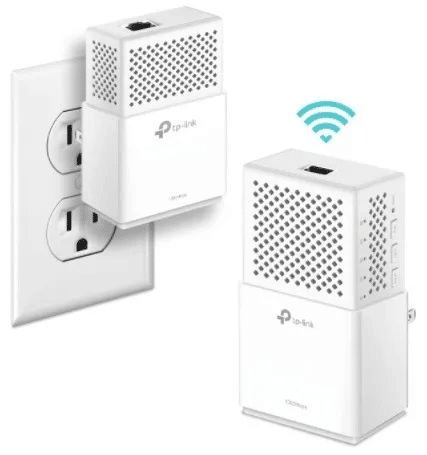
This can also relieve some of the pressure on your Wi-Fi network. Connecting a high-usage device via Ethernet frees up your Wi-Fi signal. Plus, you'll be more secure if you connect directly versus connecting via Wi-Fi.
Disadvantages of Using Powerline Adapters
Obviously, if you have a basic adapter, you won't be able to connect any Wi-Fi devices. However, regardless of the type of adapter you get, there are some major drawbacks you should be aware of:
- Other devices on the same electrical circuit can interfere with the connection. For example, if you turn on your microwave, it may draw power away from the transformer, causing the connection to be interrupted.
- Both adapters must be on the same circuit to work. This is why they're often used in small homes versus office buildings. This also means you can't connect them with extension cables, as this can cause connection problems.
- Old wiring may not support it.
- Homes with three phase power will not support it.
- It tends to lose speed due to other demands on the electrical circuit.
When should you consider using Powerline adapters?
As a general rule, Ethernet-over-powerline is best if you need a wired Ethernet connection in your home. Because they are susceptible to other electrical interference, they aren't always the most stable option.
For a single dead spot or for devices that require a wired Ethernet connection, this is a great option and incredibly easy to set up. It also works well in larger homes.
What is a wireless extender?
A wireless extender is one of the most popular solutions for improving your Wi-Fi network. Also known as a Wi-Fi booster, they are designed to expand your signal to provide better coverage in dead zones.
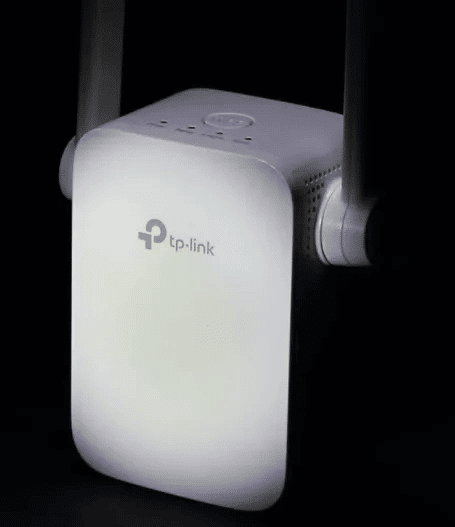
Depending on the type of extender, you'll set it up in one of two ways. One requires connecting to your network using an Ethernet cable, while the other allows you to connect via Ethernet or Wi-Fi.
You'll place the extender within range of your router. It can only rebroadcast or extend the signal if it receives a strong signal. The extender then boosts the signal it receives to provide more coverage.
The main difference between a wireless extender and a repeater is that you typically experience less performance degradation with an extender. The way the extender rebroadcasts the signal doesn't significantly impact network performance or speed. While you may see claims that extenders don't create a separate network, this depends solely on the device. Some allow you to create a single, larger network, while others set up a separate network with "ext" in the name.
To clarify, most modern extenders dedicate only one band to communicating with your router, while the other band communicates with your wireless devices. With a repeater, everything is done on the same band, which can cut performance in half.
What are the benefits of using a wireless extender?
Wireless extenders are a cheap and easy way to improve your Wi-Fi network. They can boost signal strength in weaker areas and eliminate dead spots. If positioned correctly, they can even extend the signal to outdoor areas around your home.

These are also fairly easy to set up, and usually have an Ethernet port to connect to your router or to provide a wired connection to a device.
Disadvantages of using wireless extenders
Depending on the extender you choose, you may need to connect to a separate network to use the extender's network. This may mean manually switching if you have Wi-Fi devices you use in different parts of your home.
Also, if you're not directly connected to your router via a wired connection, performance won't be as strong as the router itself. Because the extender has to receive the signal from your router, rebroadcast it to your devices in that area, receive the signal from your devices, and transmit it back to the router, there may be some delay. However, a little delay is still better than a dead spot.
These also won't lie on top of each other. Each extender you place connects to your router, not to each other, so you can't continue extending your Wi-Fi network beyond the first extender.
When should you consider wireless extenders?
Ideally, a wireless extender works great for boosting the signal to another room. Pay close attention to the coverage area when purchasing an extender. As long as the extender is receiving a strong signal from your router, you'll easily be able to boost the signal within the specified coverage area of your extender. As with your router, walls, appliances, and other types of interference can reduce this range.
If you need a much larger coverage area or higher performance, an extender won't work. You'd be better off using a mesh network (which the TP-Link AC750 Wi-Fi Extender can do when paired with certain routers) or even an Ethernet-over-powerline setup.
What is a wireless repeater?
You'll hear the term wireless extender and repeater used interchangeably, and for good reason. They're almost identical, especially when newer models are introduced.
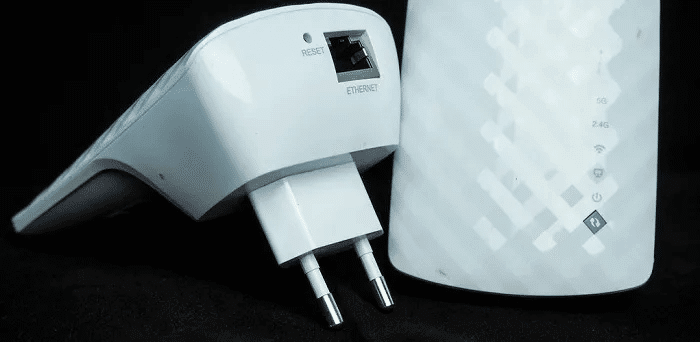
A wireless repeater improves your Wi-Fi network by repeating, or rebroadcasting, the Wi-Fi signal from your router. As mentioned above, repeaters often operate on a single band. This means you'll notice a noticeable difference in performance between the repeater network and your main router's network. However, this isn't always the case, and some repeaters have a high-performance, dual-band mode.
Repeaters set up a separate network. This means you'll need to switch networks when the signal from your router fades. Also, many repeaters don't have an Ethernet connection option. However, some do, such as the Rock Space AX1800 Wi-Fi 6 Repeater.
What is the benefit of using a wireless repeater?
Just like extenders, wireless repeaters are one of the less expensive options. They fall in the same price range as extenders, although you may find them slightly cheaper.
It's also easy to set up. Simply plug it in and follow the corresponding app instructions to add the repeater to your network.
Disadvantages of using a wireless repeater
Repeaters don't work with each other. They must connect to your router. So, while you can have multiple repeaters, each one communicates individually with the router.
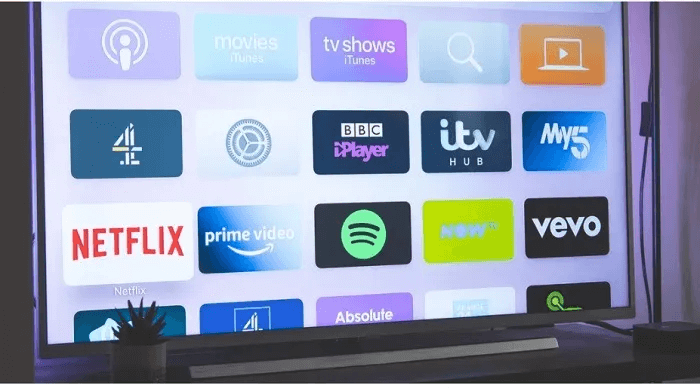
Also, it may not be powerful enough for high-usage devices, such as online gaming and live streaming. Again, this depends on the device and its features. For example, the Rock Space repeater mentioned above works great for streaming in my home.
Finally, a repeater's maximum signal strength is only as strong as the signal it receives from your router. This means that if the dead spot is too far from your router, the repeater may not be able to help you.
When should you consider using wireless repeaters?
Use a repeater if you just need to boost the signal to a dead spot. As long as it's not too far from your router, a repeater is a cheap and effective way to improve your Wi-Fi network.
If you need more coverage and a more reliable signal, a repeater may not be powerful enough to handle what you need.
Frequently Asked Questions
Q1. What option do I really need?
answer. To simply boost your signal in a weaker or dead zone, an extender or repeater may be all you need. Before purchasing either, use a Wi-Fi analyzer to test the signal strength. If you have a strategic spot with a strong signal between your router and the dead zone, you can save some money by using an extender or repeater.
If you need a dedicated connection to specific devices in your home and don't want to run Ethernet cables everywhere, Ethernet-over-powerline adapters are ideal. Just remember, there can be electrical interference from other devices.
For full-home coverage without any performance lag, a mesh Wi-Fi system is the best option. With just two nodes, you can achieve a setup similar to an extender but with better overall performance. However, it can be more expensive.
Q2. Why are some devices called extenders and repeaters?
answer. If you search Amazon or other sites for a Wi-Fi extender or repeater, you may find devices with both names in the product title. This is because the two devices are so similar that manufacturers use both words to describe their products.
Pay close attention to the coverage range and any performance features compared to whether it's called an extender or a repeater. In most cases, extenders tend to offer better overall performance.
Q3. What if I have multiple dead spots in my home?
answer. Mesh networks are the best all-in-one solution for dealing with multiple dead spots, especially if they are far apart. While you can place extenders or repeaters, finding the right placement can sometimes be difficult. Additionally, this means you could have several different networks in your home at once.
Q4. Will a new router solve my problems?
answer. Sometimes yes. If you have an older router, it may not be powerful enough to reach every corner of your home. Consider upgrading to a newer router, especially one that supports Wi-Fi 6. While you'll still have some dead spots, there will likely be far fewer.
Conclusion
You have many options for improving your Wi-Fi network. Whether you choose mesh, Ethernet-over-powerline, extenders, or repeaters, one thing remains the same: you don't have to just accept dead spots in your home.
Want to share your Wi-Fi network with others? Learn more. How to find and share your password on any deviceDo you deal with? Dropped Wi-Fi connections on your MacLearn how to troubleshoot the problem.









